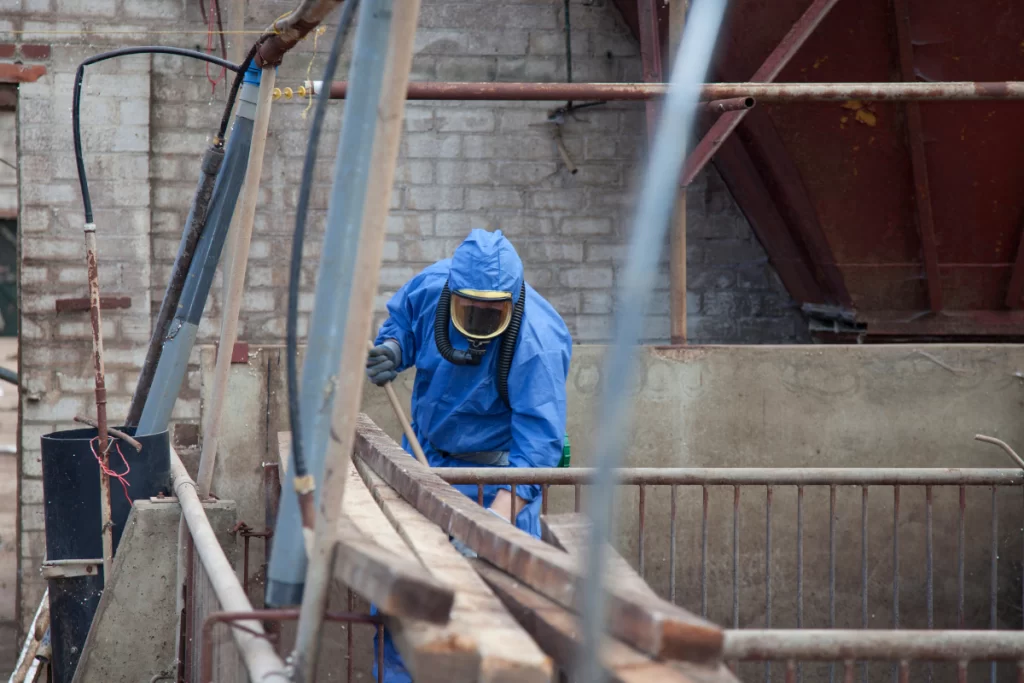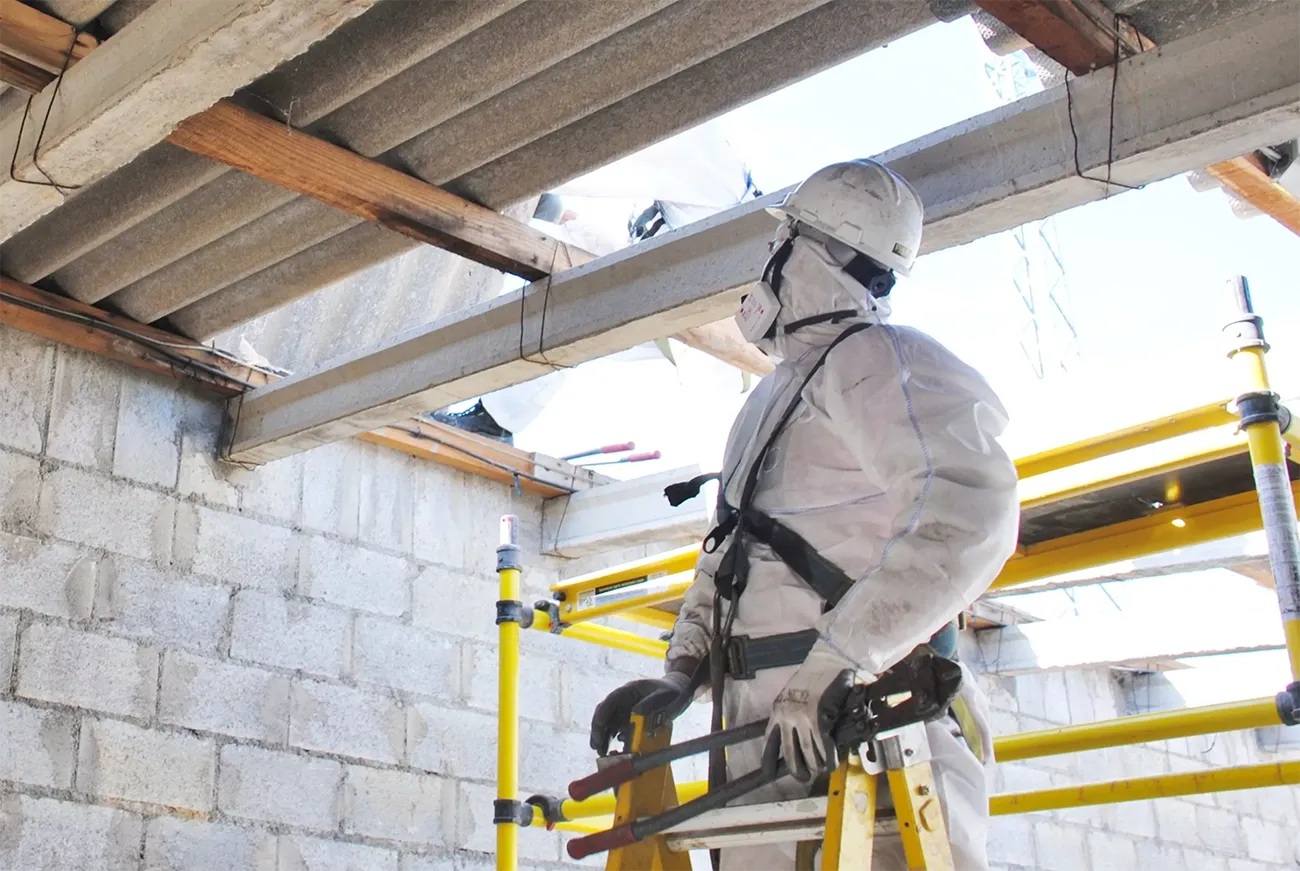
Essential Tips for Asbestos Removal in Ontario
Asbestos, once a popular material in construction due to its fire-resistant properties, is now known for its severe health risks. In Ontario, dealing with asbestos requires careful planning and adherence to strict regulations to ensure safety and compliance. Whether you’re managing a renovation project or handling an asbestos-related emergency, following essential tips for asbestos removal ottawa ontario can help protect both you and your property.
1. Understand the Risks
Asbestos exposure can lead to serious health issues, including lung cancer, asbestosis, and mesothelioma. It is essential to understand these risks before beginning any asbestos removal process. If you suspect the presence of asbestos in your home or workplace, it is crucial to have a professional asbestos assessment conducted to determine the material’s condition and potential risk.
2. Hire Certified Professionals
The asbestos removal ottawa ontario must be carried out by licensed and certified professionals. The Ministry of Labour, Immigration, Training, and Skills Development sets stringent guidelines for asbestos handling. Certified professionals have the necessary training and equipment to safely remove asbestos and dispose of it according to regulatory standards. Always verify the credentials and experience of any contractor you hire to ensure compliance and safety.

3. Follow Safety Protocols
If you are involved in any aspect of the asbestos removal process, adhering to strict safety protocols is essential. This includes wearing appropriate personal protective equipment (PPE), such as masks, gloves, and protective suits. Ensure that the work area is properly contained to prevent asbestos fibers from spreading to other parts of the building. Use specialized tools and techniques designed for asbestos removal to minimize the risk of fiber release.
4. Proper Disposal
Asbestos waste must be disposed of by local regulations. In Ontario, asbestos-containing materials (ACMs) must be transported to a designated landfill site that accepts hazardous waste. Ensure that the disposal process is managed by a certified waste management company to avoid any legal or environmental issues. Improper disposal can result in significant fines and health risks.
5. Inspect and Monitor
After asbestos removal, it is vital to have the area inspected and monitored to ensure that all asbestos fibers have been properly cleaned and removed. A thorough inspection by a qualified asbestos professional can confirm that the area is safe for reoccupation. Additionally, consider conducting air quality tests to verify that no residual asbestos fibers are present.
6. Stay Informed
Regulations and best practices for asbestos removal can change. Stay informed about the latest guidelines and recommendations from Ontario’s Ministry of the Environment, Conservation and Parks. Regularly review safety protocols and update your knowledge to ensure ongoing compliance and protection.
